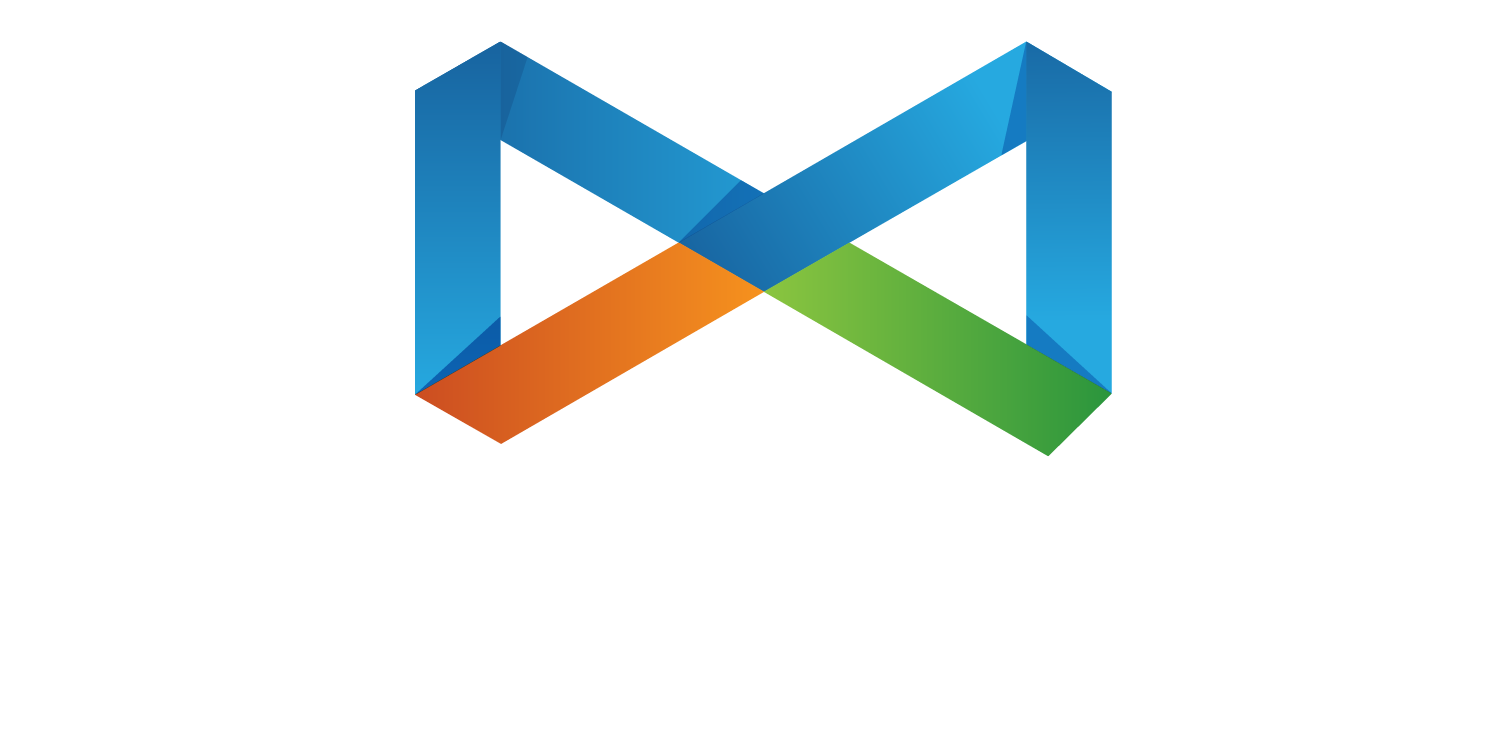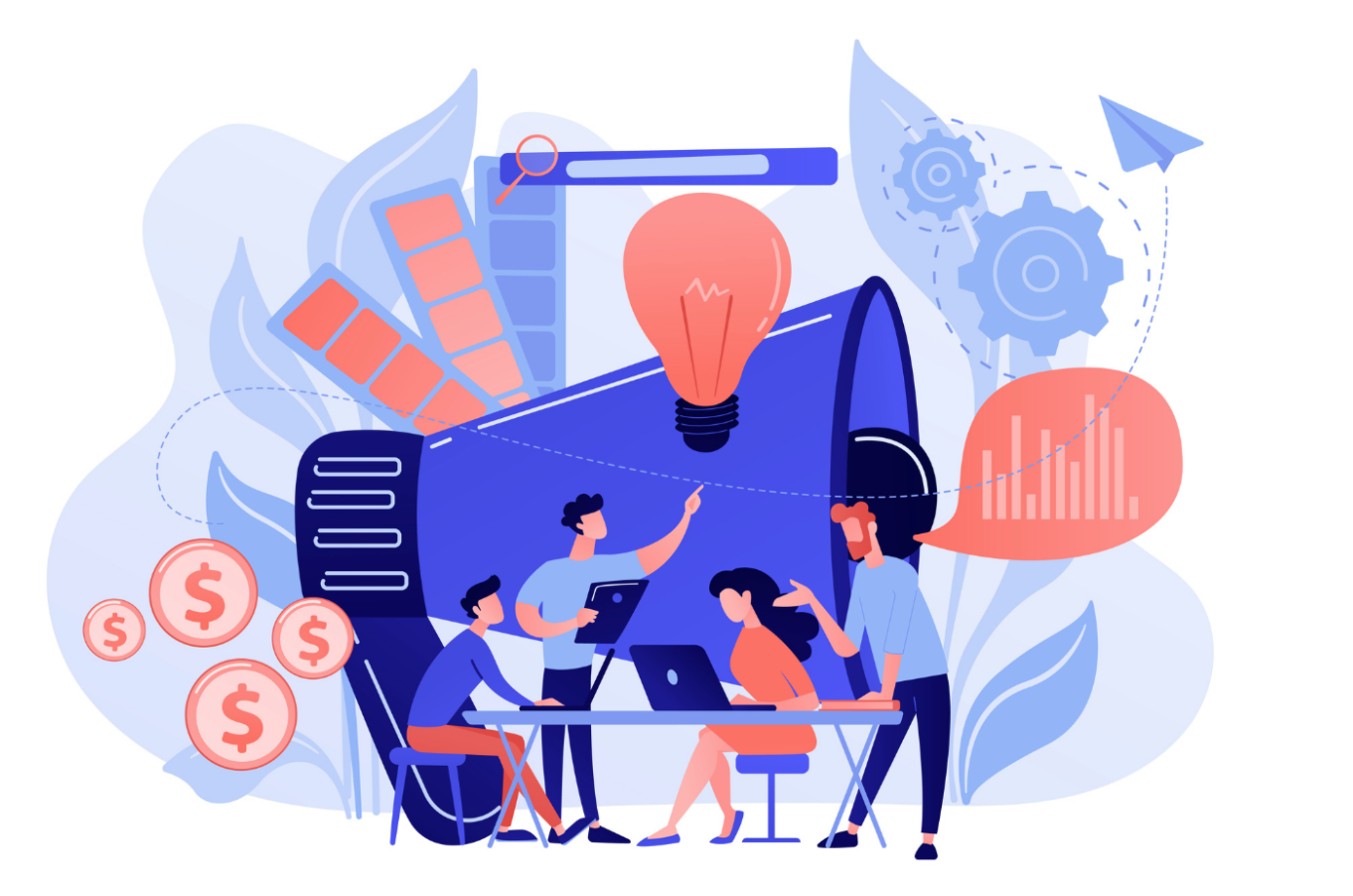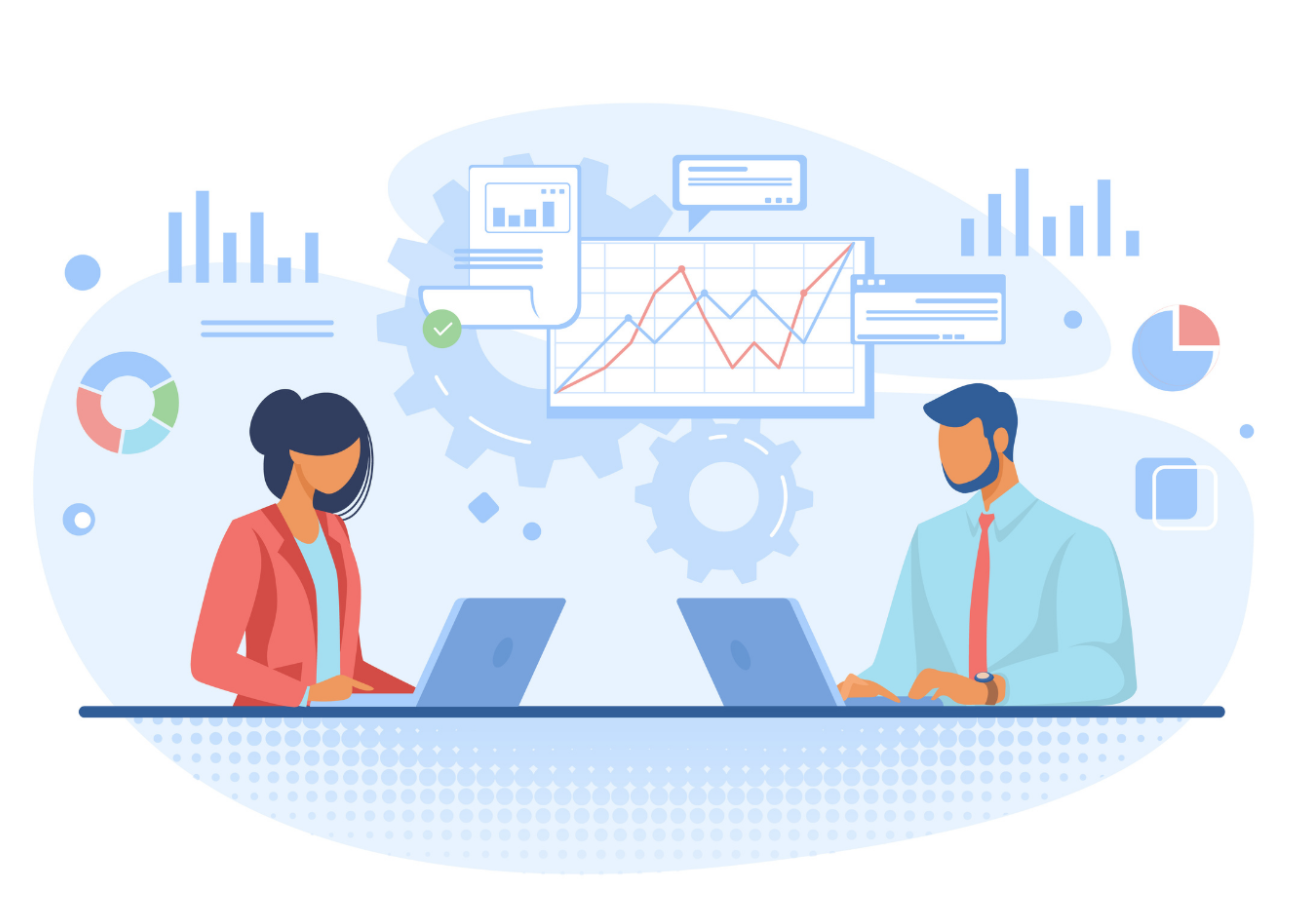All business owners with a website need to know how to improve their conversion rates. Without conversion, your business will be stagnant.
But when you know how to lead your website visitors from casual readers to subscribers or customers, you’ll be able to take your business to a whole new level.
One of the leaders in content conversion is Andy Crestodina, a web design and interactive marketing specialist. He is the founder of Content Jam, Chicago’s largest content marketing conference, and has posted hundreds of helpful articles on Orbit Media and other top marketing websites.
I was recently able to talk to Andy about conversion optimization and I wanted to share his tips with you. Believe me – put these tips into practice and you’ll start to see improvements in your conversion rates.
Start Improving Your Conversion Rates with These Steps
According to Andy, conversion comes with clarity. The psychology behind how to get better conversions is to put yourself in the consumer’s shoes. And the best way to do that is to stop thinking about consumers as “them.” Why?
It’s because we’re all consumers.
So think about what would make you take action. What would make you subscribe to an email? What would make you become a customer?
These four steps will help you think more like a customer and show you how to guide your website visitors to take action that will benefit your company.
1. Context Plus Empathy
The idea of context-plus-empathy revolves around giving a person the information they need right when they need it.
In essence, you’re answering the questions that pop into a consumer’s head when they’re on your website and answering them in the correct order.
Questions consumers may have include:
- Does this company have the product/service I need?
- Will the product/service help me?
- Can I afford the product/service?
- When can I get the product/service?
For instance, Andy was recently working on the website for a University. He figured the first question a potential student would ask is: Is this a good school? So, he put the word “accredited” very close to the top, in addition to adding “fifty years as a higher education institution.” Those were the most prominent phrases.
Once the visitor knows the school is credible, the next question that pops into their head is: How is this going to help me? This is where testimonials about how the school’s programs can help person’s career would appear.
After the visitor is convinced the school can help them advance their career, the next question is: Am I eligible?
You want to make sure to not only answer the questions that come to mind but answer them in the right order. Having this type of content hierarchy will make the site more user-friendly, less frustrating, and help you improve your conversion rates.
2. Strengthen the Weak Links
A lot of business owners have weak links in their website chain. Their pages don’t answer the questions potential customers have, or they don’t lead the consumer to the next step.
This is detrimental because, without guidance, consumers won’t know what to do.
The best place to start is on your Homepage.
The home page, according to Andy, is a page that needs to speak to everyone – no matter who they are. Very quickly, the page needs to give the viewer the option to jump to specific products, services, or information they need or that matter most to them.
Then, you’ve got the landing pages.
A landing page is the opposite of the Home page. Landing pages are specific to the viewer. The person has landed there for a reason – the product or service appeals to them.
Again, it’s important to think like a consumer. When you land on a page, what’s your first question? More often than not it’s: Am I in the right place? A landing page should immediately let the consumer know that they’re in the right place.
And this is where a lot of businesses mess up. Instead of providing information that’s unique to the viewer and the product, service, or information they’re interested in, they talk about their company in generic marketing terms that don’t appeal to the individual.
So, to recap – the Home page is where you show everyone what you do, and lead viewers to other pages. Landing pages are where you “talk” one-on-one with the consumer – speaking to their needs.
3. You Must Have a Call to Action
The best way guide people from the Home page to one of your landing pages is with a call to action.
Make sure all of your content – the Home page, landing pages, your blogs –have calls to action.
Again, the goal is to direct your visitor/reader to take some action or to lead them to a page/blog that will answer their question.
4. The Visual Hierarchy
The content hierarchy you work so hard to achieve can be severely damaged if you don’t create a visual hierarchy as well.
Andy recommends taking a step back from your computer and squinting at the screen. Do the visuals guide your eye? Do they explain what you do?
Each page on your site – and every component on those pages – should serve as a guide. For instance, take a look at your tabs/labels. Do they just say “What We Do” or “Services”? Instead, label them as a description of your services or a call to action.
Clarity and Guidance – the Most Important Steps in Conversion
Getting the conversion rates you want is basically about two things: clarity and guidance. You need clarity so that you know how to talk to your website visitors. You need clarity to know what they need and want.
And when you get that clarity, then you can guide them. You can now guide them to the information they need and to take action to buy your product or invest in your service.
Clarity and guidance are the cornerstones of improved content conversions. Use them wisely and you’ll start improving your conversion rates in no time.
If you want to learn more about Andy and his fantastic conversion and web design tips, make sure to check out his website, Orbit Media, or his book Content Chemistry.
ABOUT ANDY CRESTODINA
Andy has been in the web design and interactive marketing space since January of 2000. In that time, he’s helped thousands of people do a better job getting results online. He’s a true evangelist for content marketing and ethical digital marketing.
Together with the team at Orbit Media, Andy has put out some of the best digital marketing advice available in hundreds of practical articles, including posts on virtually all of the top marketing websites. Then there’s the book, Content Chemistry, which is currently in it’s third edition.
Andy is also a regular speaker both locally and nationally. Not only is Andy a founder of Content Jam, Chicago’s largest content marketing conference (currently in it’s fifth year) but he’s also a regular face on the national circuit. If you go to a content marketing conference, the one Chicagoan you’re mostly likely to hear is Andy Crestodina.














